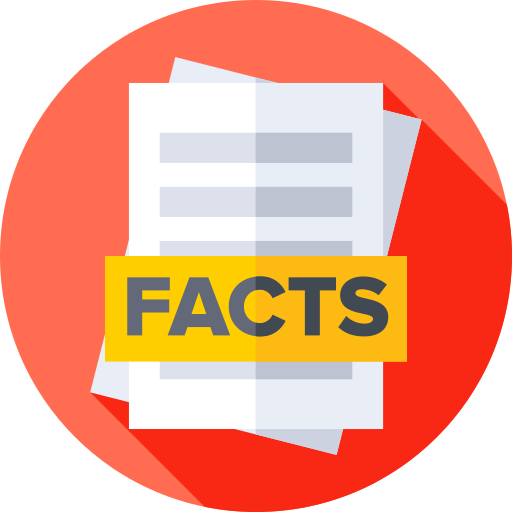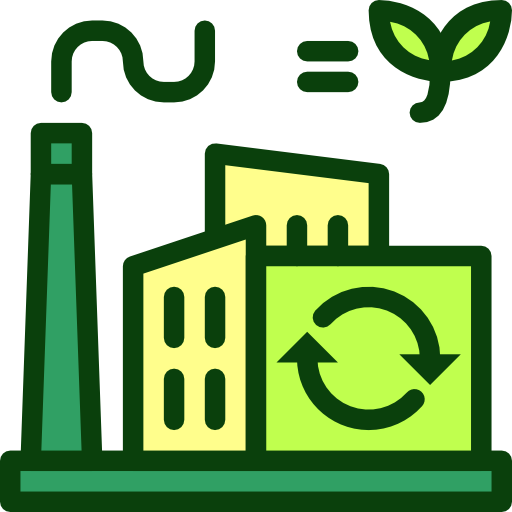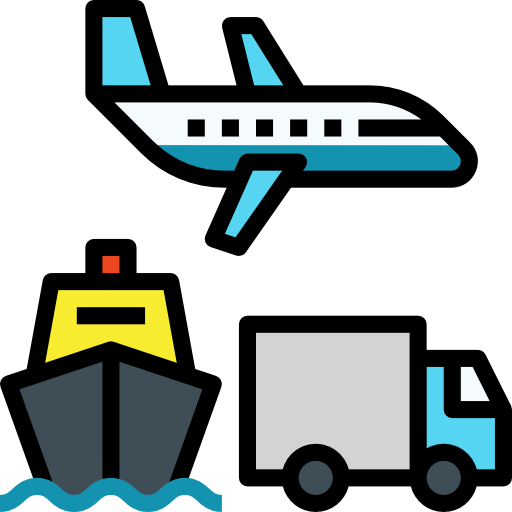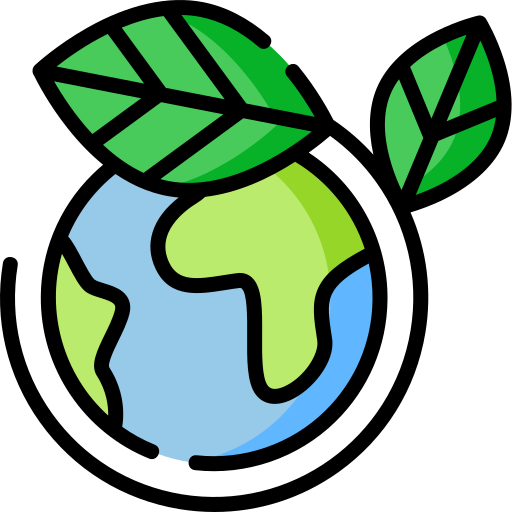Algeria - Environment
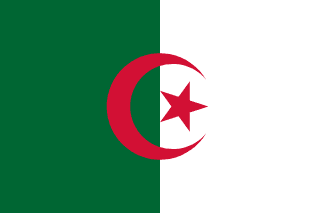
As far as the environment of Algeria is concerned, there have been . As for nvironment - international agreements, we have; .
About the environment of Algeria
| Climate | We have arid to semiarid; mild, wet winters with hot, dry summers along coast; drier with cold winters and hot summers on high plateau; sirocco is a hot, dust/sand-laden wind especially common in summer |
|---|---|
| Revenue from forest resources | |
| Revenue from coal | |
| Waste and recycling | Municipal solid waste generated annually: 12,378,740 tons (2016 est.) |
| Total renewable water resources | 11.67 billion cubic meters (2020 est.) |
| Major rivers (by length in km) | |
| Total water withdrawal | |
| Municipal | 3.6 billion cubic meters (2020 est.) |
| Industrial | 190 million cubic meters (2020 est.) |
| Agricultural | 6.67 billion cubic meters (2020 est.) |
| Air pollutants | |
| Particulate matter emissions | 22.68 micrograms per cubic meter (2019 est.) |
| Carbon dioxide emissions | 150.01 megatons (2016 est.) |
| Methane emissions | 49.94 megatons (2020 est.) |
| Land Use | |
| Agricultural land | 17.3% (2022 est.) |
| Agricultural land: arable land | arable land: 3.2% (2022 est.) |
| Agricultural land: permanent crops | permanent crops: 0.4% (2022 est.) |
| Agricultural land: permanent pasture | permanent pasture: 13.8% (2022 est.) |
| Forest | 0.8% (2022 est.) |
| Other | 81.8% (2022 est.) |
| Urbanization | |
| Urban population | 75.3% of total population (2023) |
| Rate of urbanization | 1.99% annual rate of change (2020-25 est.) |
| Major urban areas (Pop) | 2.902 million ALGIERS (capital), 936,000 Oran (2022). |
All Important Facts about Algeria
Want to know more about Algeria? Check all different factbooks for Algeria below.
